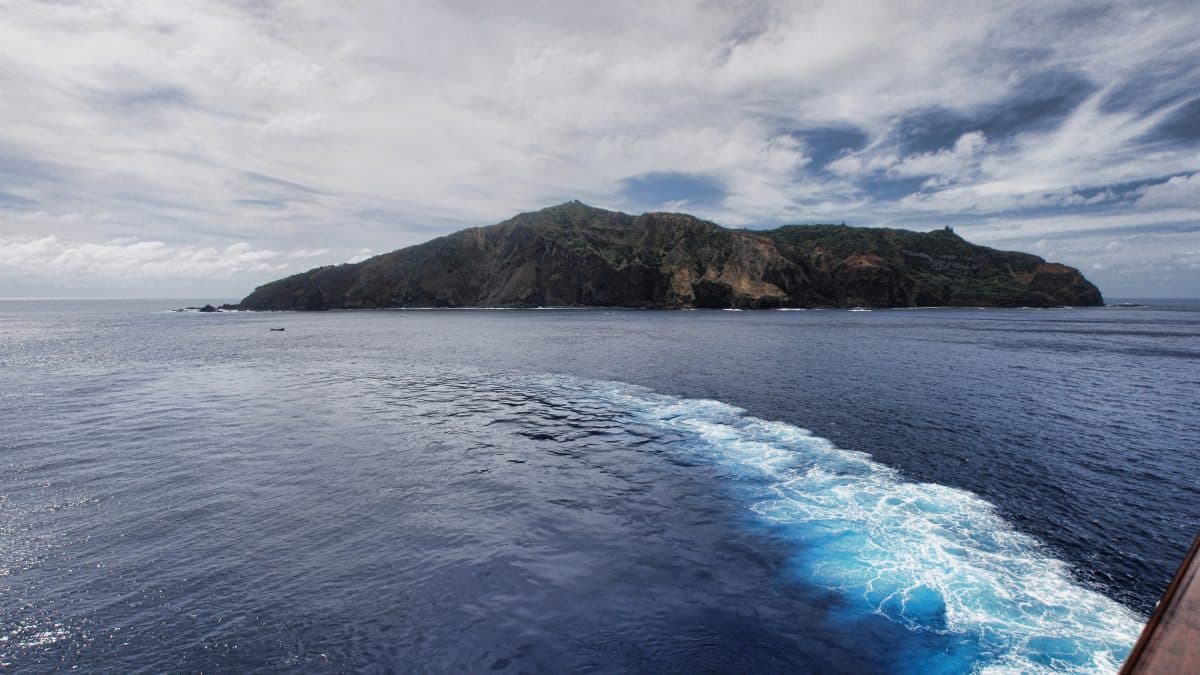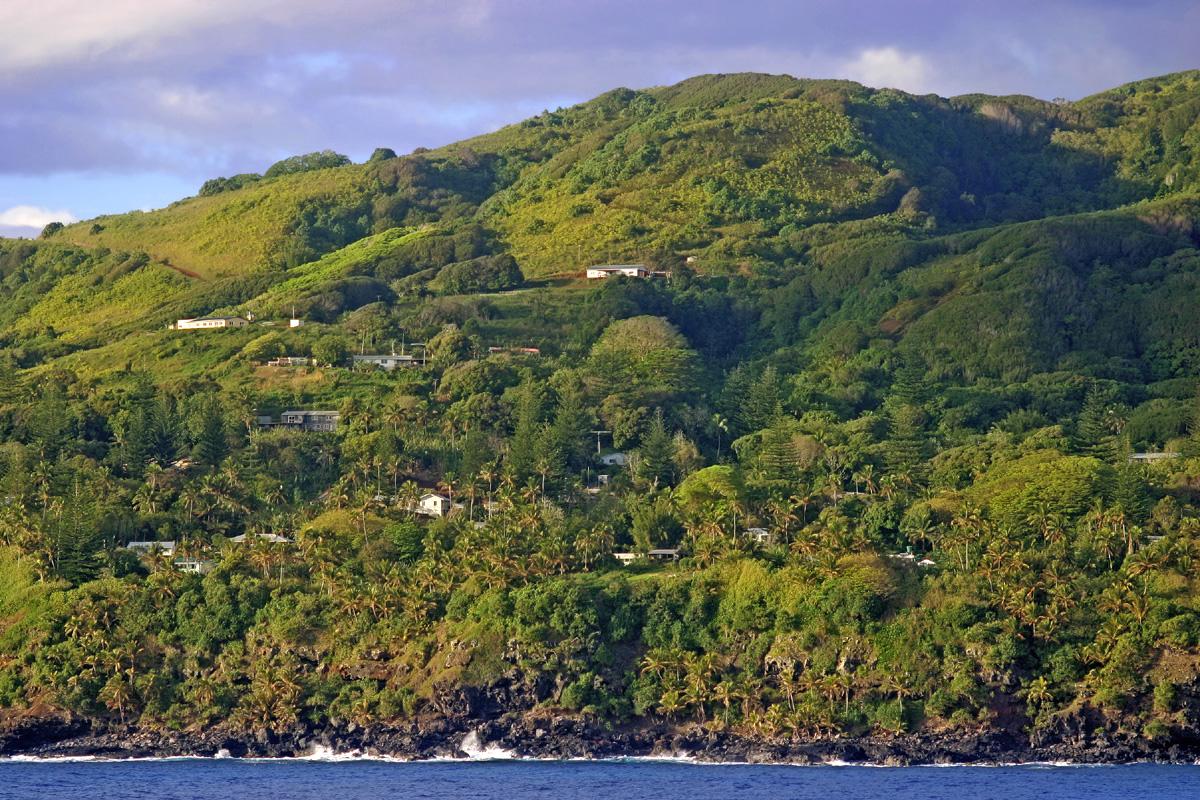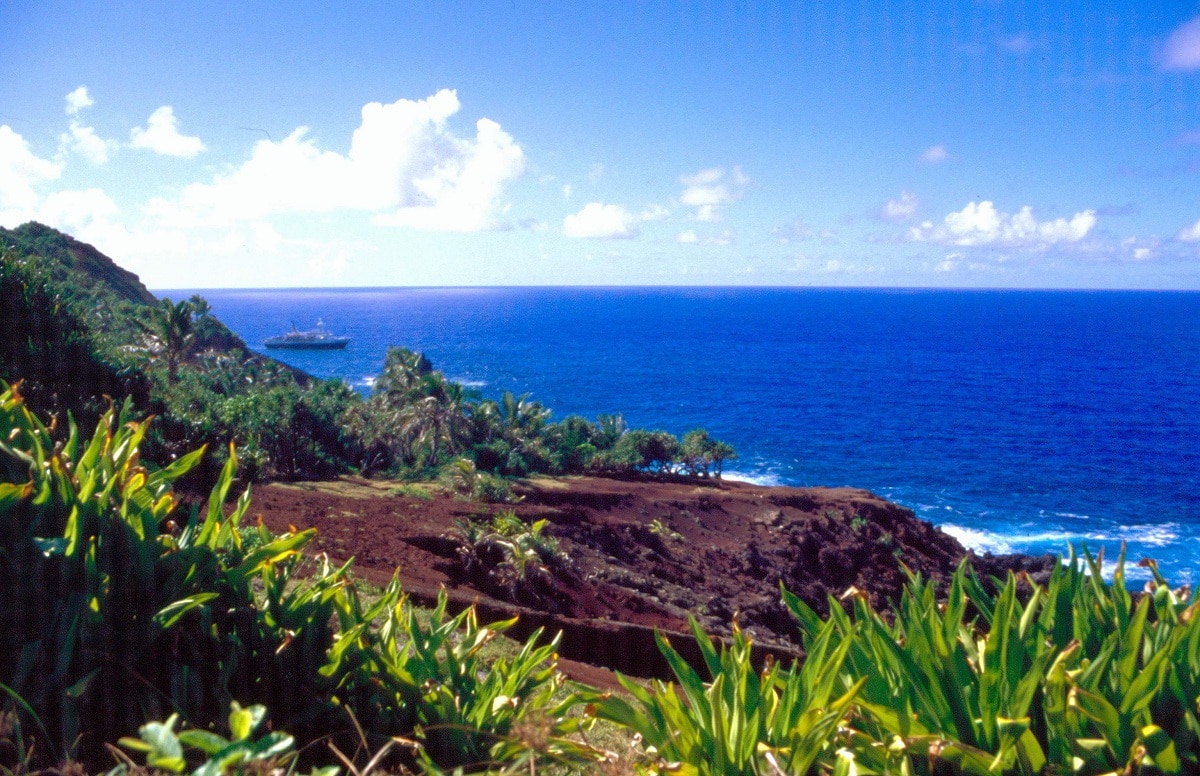
Our planet still hides great mysteries, great places and small places, remote places that only adventurers dare to visit or discover, this has happened many times in the past. One of them is pitcairn islands. It is officially the British Overseas Territory of the Pitcairn, Henderson, Ducie and Oeno Islands. It forms an archipelago located in Polynesia, in Oceania.
In this article we are going to tell you about the history, characteristics and flora and fauna of the Pitcairn Islands.
History

The history of the Pitcairn Islands began around 800 AD. It is believed that the first settlers arrived on the islands in this year, and some believe they originated from Polynesia. These settlers live on the Pitcairn and Henderson Islands, considering that the rest of the archipelago is unfit to live, or they believe it is.
There is ongoing trade between Pitcairn Island and Henderson Island, and trade with Mangareva Island, which is slightly further out than the other islands, allows residents to have resources they naturally lack to support themselves.
Around 1500, the populations of the Henderson and Pitcairn Islands began to disappear. It is estimated that a natural disaster occurred on Mangareva Island, which may have caused the extinction of many of its species and populations, ending all three islands.
Then, as there was no trade between the islands, the residents of Henderrose and Pitcairn did not have the necessary life resources, they were directly affected and gradually disappeared. For a century, Henderson Island, Dusi Island, and Pitcairn Island have seen no human traces until they were discovered by a Spanish expedition led by Portuguese navigator Pedro Fernández de Quirós and his crew. This happened on January 26, 1606, but these did not stay
A century and a half later, the islands were rediscovered again, but this time they were discovered by British sailors, who discovered Pitcairn Island in 1767, Dusey Island in 1791, and Henderson Island in 1819. Oeno Island was discovered in 1824. Mainly, these islands are famous for the mutineers from the bounty ship, who settled on this island and thus became the first permanent residents in centuries. This happened in the year 1790, and the descendants of these mutineers still inhabit it.
Most of the people living on Pitcairn are descendants of the mutineers on the Bounty ship and their companions from Tahiti. They are so beautiful, and some British even stay in Tahiti with one of them. They only live in Adamstown Village. They are hybrids of Europe and Polynesia. There is a high degree of family relationship between the population, otherwise they will not be able to leave offspring. They are also closely related to Norfolk Island. In 19337, the island had a maximum of 233 residents, but immigration, especially from New Zealand, reduced them to just 59.
Pitcairn Islands Economy

The valleys of Pitcairn Island have very fertile land and therefore produce a variety of fruits and vegetables, including bananas, watermelons, yams, and beans. The inhabitants of this small island depend on fishing, agriculture and crafts to survive.
The main economic power of the island comes from the sale of stamps and coins for collectors, as well as the sale of honey and some handicrafts, which are sold to ships on the Anglo-New Zealand route through the Panama Canal. Due to the island's topography, there is no large port or landing area, so trade must take place through ships visiting ships.
Expedition or cruise passengers often visit the island from time to time and, weather permitting, can disembark for a day. There are only 15 men and women in the island's workforce.
In the waters near Pitcairn Island there are a large number of fish, lobsters and a wide variety of fish, which are caught for the survival of the residents of the island and transported as food to the boats that dock on the island.
Residents go fishing every day, whether it's rock fishing, fishing from a fishing boat, or diving with a harpoon rifle. Because there are many types of fish, such as Nanwee, Whitefish, Moi, and Opapa are caught in shallow water, Snapper, Big Eye, and Cod are caught in deep water, and Yellowtail and Wahoo are caught in drift boats. To consume or sell.
Flora and fauna of the Pitcairn islands

About nine plants have been found on Pitcairn Island; Among them, the plant species is tapa, which was an important source of wood in ancient times and is also a huge nehe fern (Angiopteris chauliodonta). Some, such as raspberries (Coprosma rapensis var benefica), are in danger. The Pitcairn Islands are one of two places in the world where Glochidion pitcairnense plants are found, and the other is Mangareva.
On the other hand, we have the fauna of the island, where we find a rare and interesting presentation, the giant tortoise of the Galapagos Islands. The only surviving turtle is one of the five that They arrived at Pitcairn between 1937 and 1951. They are believed to have been brought to the island by the captain of the 96-foot Yankee brig.
Mrs. T, also known as Turpen, is a sea turtle that habitually inhabits Tedside in Westport. The protection order stipulates that it is a crime for any person to kill, injure, capture, injure or cause harm or stress to sea turtles. On the island you can also find different types of birds, which belong to different groups. These range from aquatic birds and amphibians to some non-aquatic species. Among the 20 species of birds, there are 16 species on Henderson Island, including Henderson Chick and Landbirds.
Among Pitcairn's resident birds, the most famous are the Australian tern (Sternula nereis), the Saint Felix tern (Anous stolidus) and the red-tailed tern (Phaethon rubricauda). The Pitcairn parrot (Acrocephalus vaughani), also known as "sparrow" by residents, is endemic to the Pitcairn Islands, it used to be very common, but since 2008 it has been declared an endangered species.
I hope that with this information you can learn more about the Pitcairn Islands and their characteristics.